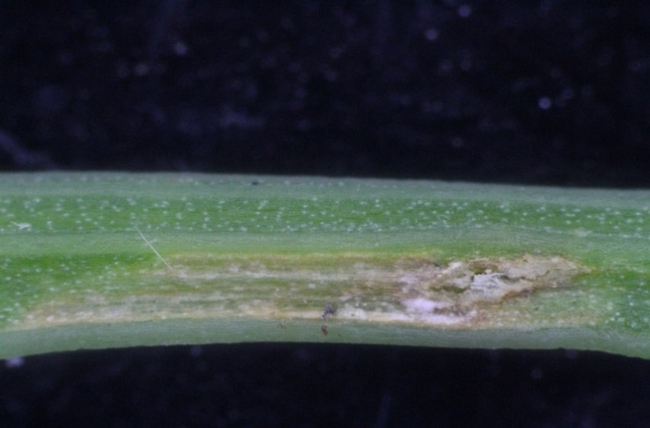The western tarnished plant bug or commonly referred as lygus bug (Lygus hesperus) has emerged as a serious pest of celery in the Central Coast. The mouthparts of lygus bug, often referred as piercing-sucking, consists of four stylets. Lygus bug uses these stylets to probe host plants and feeds on the plant fluids. When lygus bug feeds, it inserts the stylets into the injured site. Once stylets are inserted, they pre-orally digest the meristematic tissue and the slurry of digested tissue is ingested.
Injury caused by lygus bug on celery seedlings and mature plants is not completely understood. Red to brown elongated lesions are suspected as to be lygus bug feeding injuries on both young seedlings and mature plants. Also, in the greenhouse, celery seedlings suffer severe stunting or poor plant growth which is often suspected to be attributed to lygus bug feeding injury. Thus, a study was conducted in 2015 to confirm injury caused by lygus bug.
In Central Coast, lygus bug develops on weed hosts such as wild radish,common groundsel,lupines , milk thistle and mustards (Brassica spp.) surrounding the production fields, ditches, and roadways (Zalom et al. 2012). As weed hosts senesce, lygus bug adults tend to leave them, seeking food, water and shelter elsewhere including seedlings in greenhouses and mature plants in fields. The invading female lygus bug settle on celery plants to feed and lay eggs. A lygus bug female lay 161 eggs (mean) at 80 F (Mueller and Stern 1973). Lygus bugs on celery are primarily managed using pyrethroid (such as permethrin or zeta-cypermethrin) and carbamate (methomyl or oxamyl) insecticides. Thus, proper early diagnosis of lygus bug feeding injury is critical in determining the need of insecticide use and application timing for its control.
The two major injury types noticed with lygus bug adult exposure to celery seedlings were dead necrotic tissues at the crown region (Figs. 1-4) and dead elongated lesions on the petiole (Figs. 5-8).
Lygus bug feeding injury as dead necrotic tissue was found at the crown area of the celery seedling. Research show that the incidence of injury in the crown area increases with the number of lygus bug adults and longer intervals of exposure (~7 days). If lygus bug invade celery plants in the greenhouse and remain for more than a day, extensive feeding injury at the crown area can be detected. Possibly, they use the cracks and crevices in the soil to hide and move from the soil directly to feed at the crown area.
Another type of injury found on the celery is elongated lesions on the petiole (less than 0.5 inch). It is likely that elongated lesions are related to lygus bug egg laying. When a female lygus bug initiates egg laying on petiole, it lays most of the eggs in aggregated manner on a given site rather than moving around and depositing eggs singly at various sites on the petiole. This egg laying pattern is further contributing to development of elongated lesion on petiole. Moreover, there were more elongated lesions when higher number of adults were exposed for a shorter interval (< 12 h). If females move into the greenhouse or field, they can quickly lay eggs and trigger elongated lesions on the celery petiole.
Thus, egg laying on petioles can develop into elongated lesions. Monitoring greenhouse or field is critical to reduce establishment of lygus bug population for a timely management. Feeding injury can develop if the plants are not managed after detection of incoming adults in the greenhouse. Growers often see a lot of lygus bug nymphs which suggest that adults already moved in and laid eggs.
Please find the peer-reviewed article for further reading. http://cemonterey.ucanr.edu/files/240312.pdf
References
Mueller, A. J., and Stern, V. M. 1973. Effects of temperature on the reproductive rate, maturation, longevity, and survival of Lygus hesperus and L. elisus (Hemiptera: Miridae). Ann. Entomol. Soc. Am. 66: 593-597.
Zalom, F. G., M. P. Bolda, S. K. Dara, and S. Joseph 2012. Strawberry: Lygus bug. UC Pest Management Guidelines, UC ANR Publication 3468. http://www.ipm.ucdavis.edu/PMG/r734300111.html (accessed on 14 February 2016).
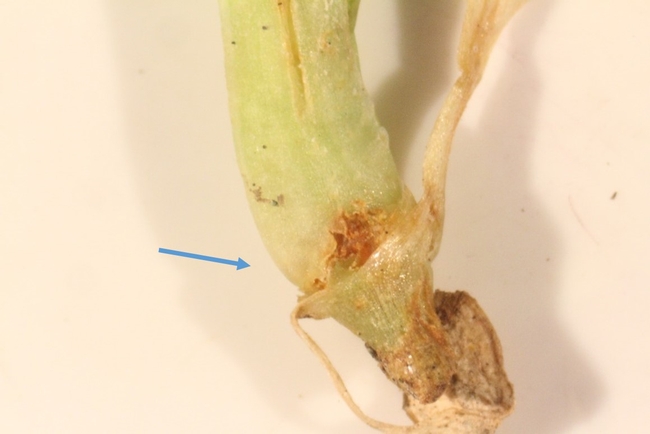
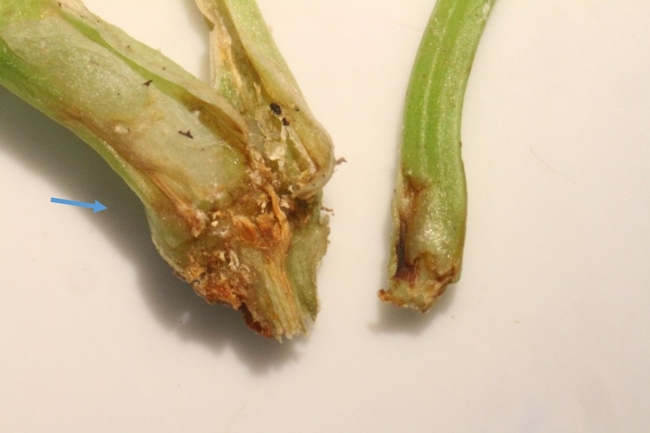
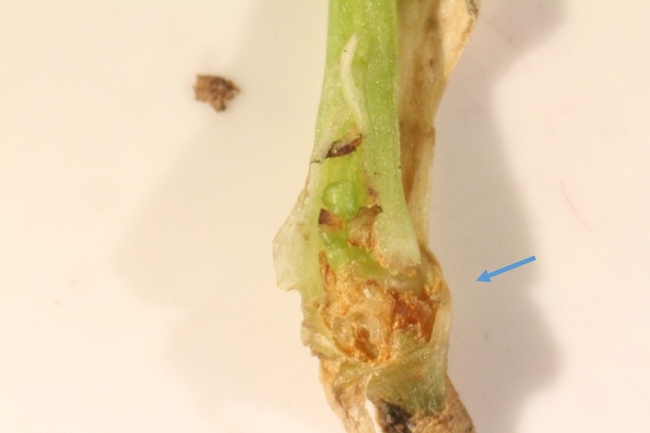
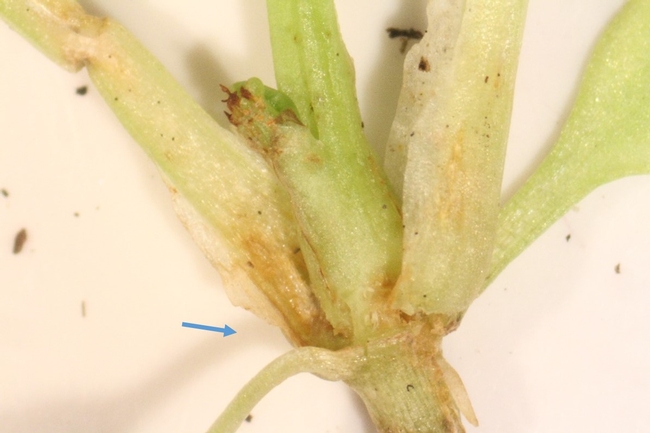
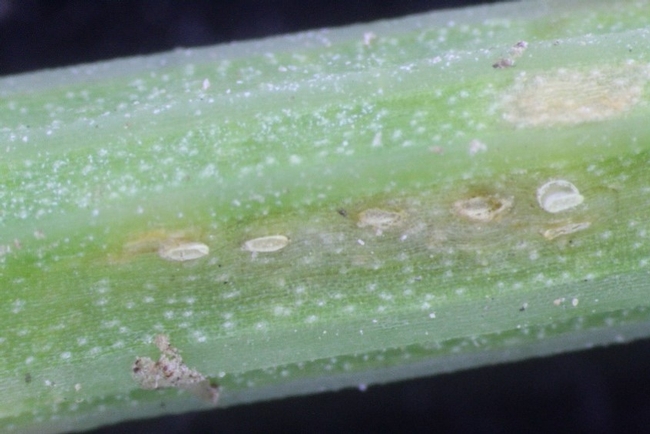
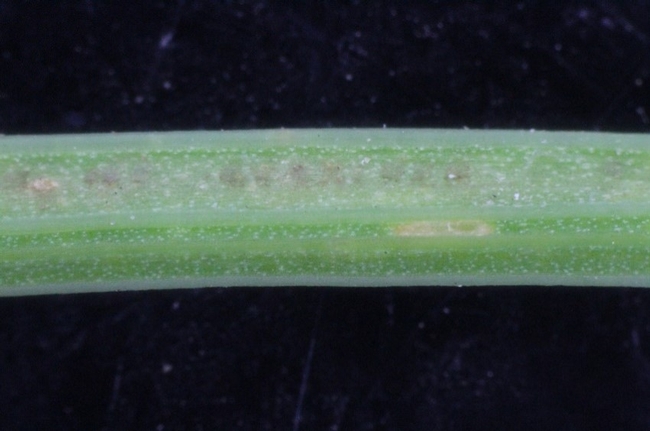
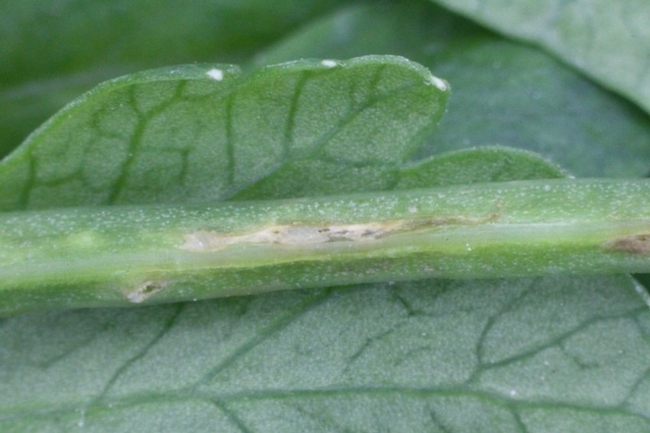
Attached Images:
